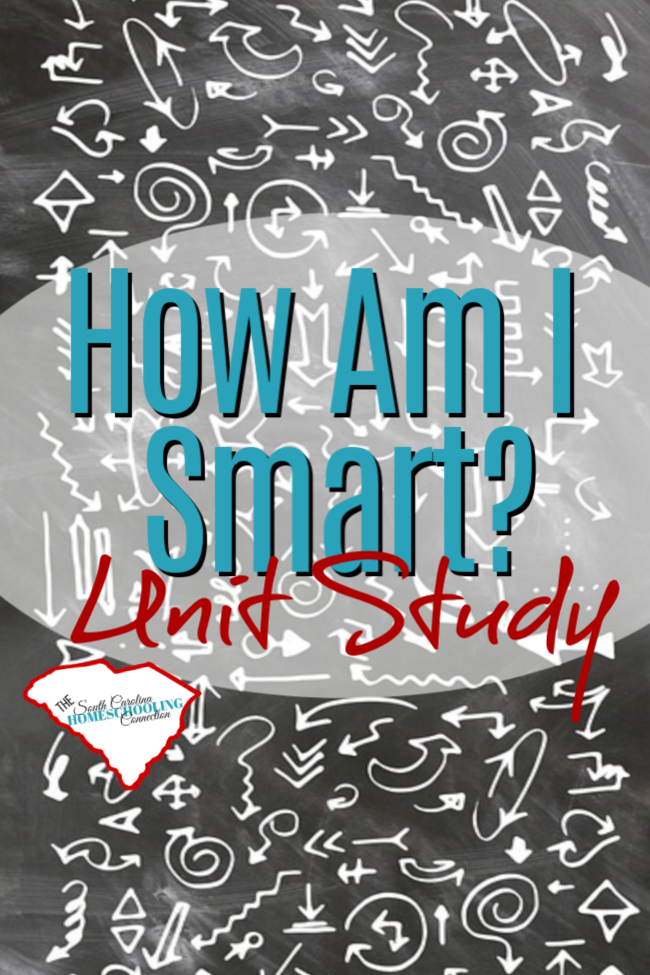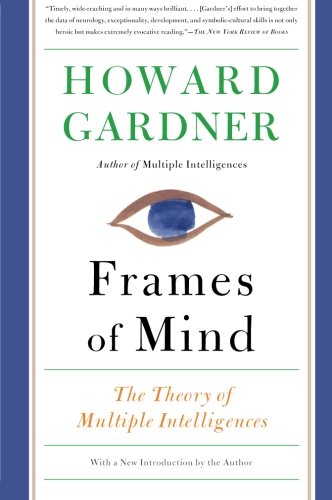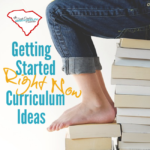Education for many school kids leaves them to wonder *if* they are smart. But, education should inspire kids to wonder *how* am I smart? Let’s explore the many ways to have “smarts”.
Check out my guest post at Homeschool.com
–> How to Use Multiple Intellegences Method <–
There’s a saying that goes like this: Everyone is a genius. But, if you judge a fish by how well it can climb a tree. It will spend its whole life believing it is stupid. (Some say Einsteinstein said it; others say it wasn’t him.) Nevertheless, the saying emphasizes a very important point for what we want to do in our homeschools. We want our kids to grow and develop their abilities and talents. We want them to express their own genius.
Education is partly about discovering the world around…and partly about self-discovery. Let’s take time for you and your kids to do some self-discovery learning as a unit study. You could do this book study on your own or with a co-op class.
You’re Smarter Than You Think: A Kid’s Guide to Multiple Intellegences by Thomas Armstrong, Ph.D. is a kid-friendly version of intellegence theory. The book is written so that upper elementary or middle school could read it on their own.
How Am I Smart? Unit Study
I’m planning to do this book study with our co-op group. With the nature of co-ops, I’m guessing many of the participants won’t do the reading assignments as homework. So, I’m going to use the book as a resource guide to implement each week’s lesson and activity.
Lesson 1: Introduction. This week is a sneak peek at the various kinds of smarts. There are eight kinds of smarts: Logic and Word smarts are most what school focuses on. There’s also Music smart, Body smart, Picture Smart, Nature Smart, People Smart and Self Smart.
Points to highlight:
- Intellegences theory is about how the brain processes information and expresses the individual. It is NOT the same thing as using the senses with learning styles.
- No intellegence is better or worse. They’re just different. You probably have more than one kind of smarts, too.
- The different intellegences work together. Look for the signs in yourself and in others.
- Activity Ideas:
- Icebreaker games such as mingle mingle or mix & mingle
- Discuss what kind of smarts you think you might already know you have and why
- Make a lapbook or notebook with a page for each kind of intellegence. Draw a cover image.
Lesson 2: Word Smart. The chapter starts with a quick quiz as a way to identify ways you might be word smart. Then, discusses what it means and how it’s a benefit to have this kind of smarts. There’s a list of practical activity ideas and careers that you might consider.
Points to highlight:
- What does it mean to be Word smart? How can you use Word smarts?
- What can you do to expand your word smarts abilities? What can you if you don’t have a lot of word smarts yet?
- Resources to explore more about Word smarts
- Activity ideas:
- Play word games like apples to apples, scrabble, hangman, mad libs, or crossword puzzles
- Make up a story or retell a part of story that you liked
- Look up words in the dictionary you don’t know. Look up words in a thesaurus to find synonyms that you could use instead. Write in your lapbook or notebook.
Lesson 3: Music Smart. Start with the inventory quiz and highlight the main points of Music smarts.
Points to highlight (repeat for each lesson): The chapters are set up in the same pattern. Each chapter is formatted with these points to highlight:
- What does it mean to be this kind of smart? How can you use this kind of smarts?
- What to do if you’re already this kind of smart…and what if you’re trying to develop this kind of smarts?
- Resources to help you explore more about this kind of smarts.
- Activity ideas:
- Play music games like name that tune or Spontaneous
- Try some karoke or make your own “band”–with real or homemade instruments
- Learn to read/write music to include in your lapbook or notebook
Lesson 4: Logic Smart. Start with inventory quiz and highlight the main points of Logic smarts (see Lesson 3 pattern as an example for the points to highlight).
Activity ideas:
- Play logic/strategy games like checkers or dominoes. Do brainteasers like Kanoodle, tangrams or geoboards.
- Try some math or science games or activities
- Write down 5 questions that you’d like to know “why” and “how”. Write them in your lapbook or notebook.
Lesson 5: Picture Smart. Start with the inventory quiz and highlight the main points of Picture smarts (see Lesson 3 pattern as an example of the points to highlight).
Activity ideas:
- Play picture games like pictionary, old maid or match game
- Take pictures or videos. Use an editing app to format and share them.
- Scribble in your lapbook or notebook with a pencil or ball point pen. Study the scribbles for a “drawing”–trace the drawing with a sharpie. Color additional shapes for background details.
See more drawing games here.
Lesson 6: Body Smart. Start with the inventory quiz and highlight the main points of Body smarts (see Lesson 3 pattern as an example of the points to highlight).
Activity ideas:
- Play action/motion games like charades, guestures or twister.
- Do relaxation exercises or fitness challenges (like how many push-ups can you do?)
- Write down exercise goals in your lapbook or notebook.
Lesson 7: People Smart. Start with the inventory quiz and highlight the main points of People smarts (see Lesson 3 pattern as an example of the points to highlight).
Activity ideas:
- Play conversation games to get to know new people, such as Never Have I Ever (family edition) or Our Moments Kids
- Do team building activity like Human Knot: In a circle, shoulder to shoulder, have each person reach out their right hand and grab another hand around the circle at random. Repeat with left hands. The group must untangle their circle without releasing hands within half an hour.
- Make birthday cards or thinking of you notes to friends or relatives. Make an address list in your lapbook or notebook.
Lesson 8: Self Smart. Start with the inventory quiz and highlight the main points of Self smarts (see Lesson 3 pattern as an example of the points to highlight).
Activity ideas:
- Play solitaire card game or triangle board solitaire
- Take a personality inventory to find out more about yourself
- Make a self-collage with magazines or photos. Make a word cloud about yourself. Put it in your lapbook/notebook
Lesson 9: Nature Smart. Start with the inventory quiz and highlight the main points of Nature smarts (see Lesson 3 pattern as an example of the points to highlight).
Activity ideas:
- Do a scavenger hunt
- Try birdwatching or cloud watching
- Start a collection or keep a nature journal
Lesson 10: Review. Go over the various kinds of smarts. Discuss how each student is smart. What are their strengths and weaknesses? How can they use their strengths to help their weaknesses?
Activity ideas:
- Play some of the games from previous lessons
- Do a show and tell about the notebooks or lapbooks the students made
- Have students bring items from home to show how they are developing their own kind of genius.
The goal of this book study is for the kids to stop wondering whether or not they are smart. Let them explore the idea that they are smart…in their own way.
How am I smart? How are you smart?
Try a subscription box for your own kind of smarts:
Multiple Intelligences in the Classroom, 4th Edition











 5 of the Best Math Quotes
5 of the Best Math Quotes Homeschool Conferences, Conventions and Expos
Homeschool Conferences, Conventions and Expos Getting Started: Curriculum Ideas
Getting Started: Curriculum Ideas Racial Diversity Resources
Racial Diversity Resources




[…] Try this Unit Study/Book Study: […]